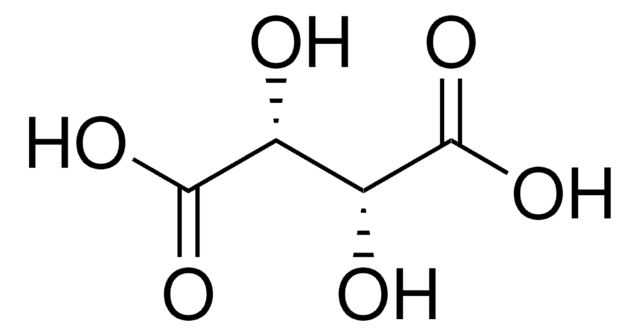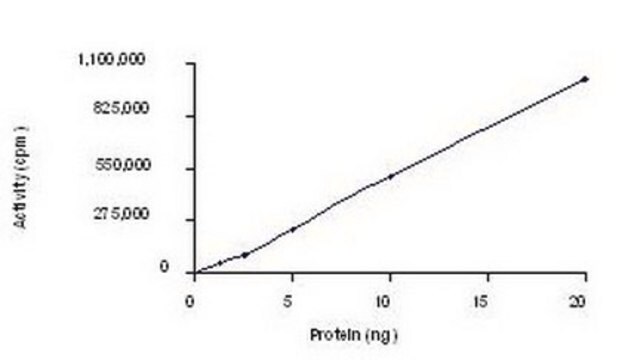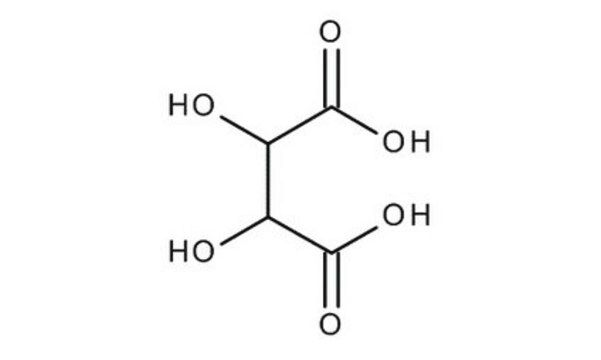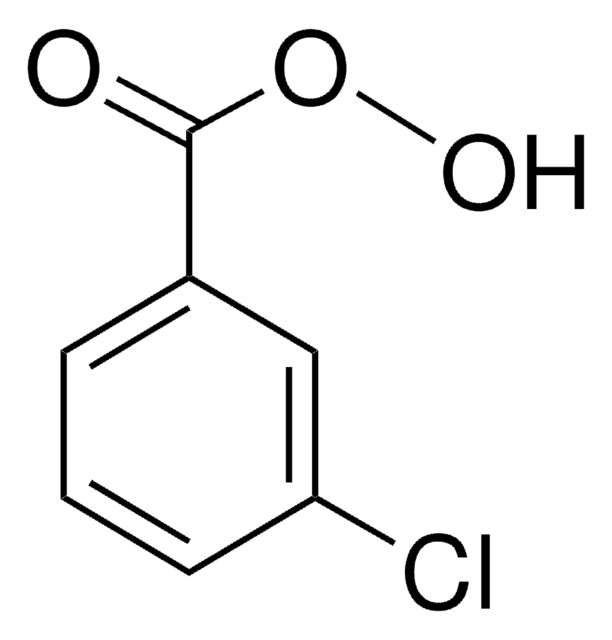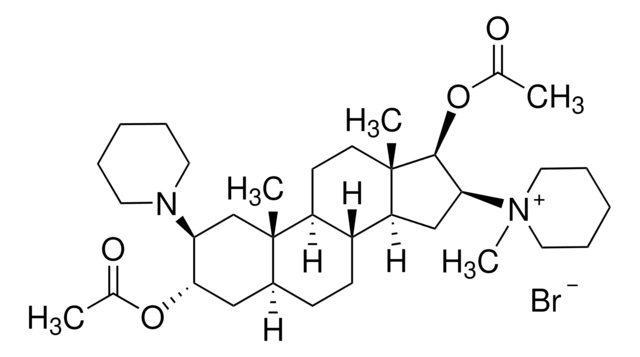A1233
AMPK (α1/β1/γ1), active, His tagged human
PRECISIO® Kinase, recombinant, expressed in baculovirus infected Sf9 cells, ≥70% (SDS-PAGE), buffered aqueous glycerol solution
Sinónimos:
AMPKG, HAMPKb, MGC17785, MGC33776, MGC57364, MGC8666, PRKAA1, PRKAB1, PRKAG1
About This Item
Productos recomendados
origen biológico
human
Nivel de calidad
recombinante
expressed in baculovirus infected Sf9 cells
Línea del producto
PRECISIO® Kinase
Ensayo
≥70% (SDS-PAGE)
Formulario
buffered aqueous glycerol solution
actividad específica
626-848 nmol/min·mg
mol peso
A1 subunit ~68 kDa
B1 subunit ~38 kDa
G1 subunit ~40 kDa
solubilidad
water: soluble
aplicaciones
life science and biopharma
Condiciones de envío
dry ice
temp. de almacenamiento
−70°C
Información sobre el gen
human ... PRKAA1(5562) , PRKAB1(5564) , PRKAG1(5571)
Descripción general
AMP-activated protein kinase (AMPK) is a heterotrimer protein kinase consisting of a α catalytic subunit, and non-catalytic β and γ subunits.
Aplicación
Acciones bioquímicas o fisiológicas
Forma física
Información legal
Palabra de señalización
Danger
Frases de peligro
Consejos de prudencia
Clasificaciones de peligro
Eye Irrit. 2 - Repr. 1B - Skin Irrit. 2
Código de clase de almacenamiento
6.1C - Combustible acute toxic Cat.3 / toxic compounds or compounds which causing chronic effects
Clase de riesgo para el agua (WGK)
WGK 1
Punto de inflamabilidad (°F)
Not applicable
Punto de inflamabilidad (°C)
Not applicable
Equipo de protección personal
Faceshields, Gloves, Goggles, type ABEK (EN14387) respirator filter
Listados normativos
Los listados normativos se proporcionan para los productos químicos principalmente. Para los productos no químicos sólo se puede proporcionar información limitada. Si no hay ninguna entrada, significa que ninguno de los componentes está en la lista. Es obligación del usuario garantizar el uso seguro y legal del producto.
EU REACH Annex XVII (Restriction List)
Elija entre una de las versiones más recientes:
Certificados de análisis (COA)
¿No ve la versión correcta?
Si necesita una versión concreta, puede buscar un certificado específico por el número de lote.
¿Ya tiene este producto?
Encuentre la documentación para los productos que ha comprado recientemente en la Biblioteca de documentos.
Artículos
We present an article about how proliferating cells require the biosynthesis of structural components for biomass production and for genomic replication.
Nuestro equipo de científicos tiene experiencia en todas las áreas de investigación: Ciencias de la vida, Ciencia de los materiales, Síntesis química, Cromatografía, Analítica y muchas otras.
Póngase en contacto con el Servicio técnico
